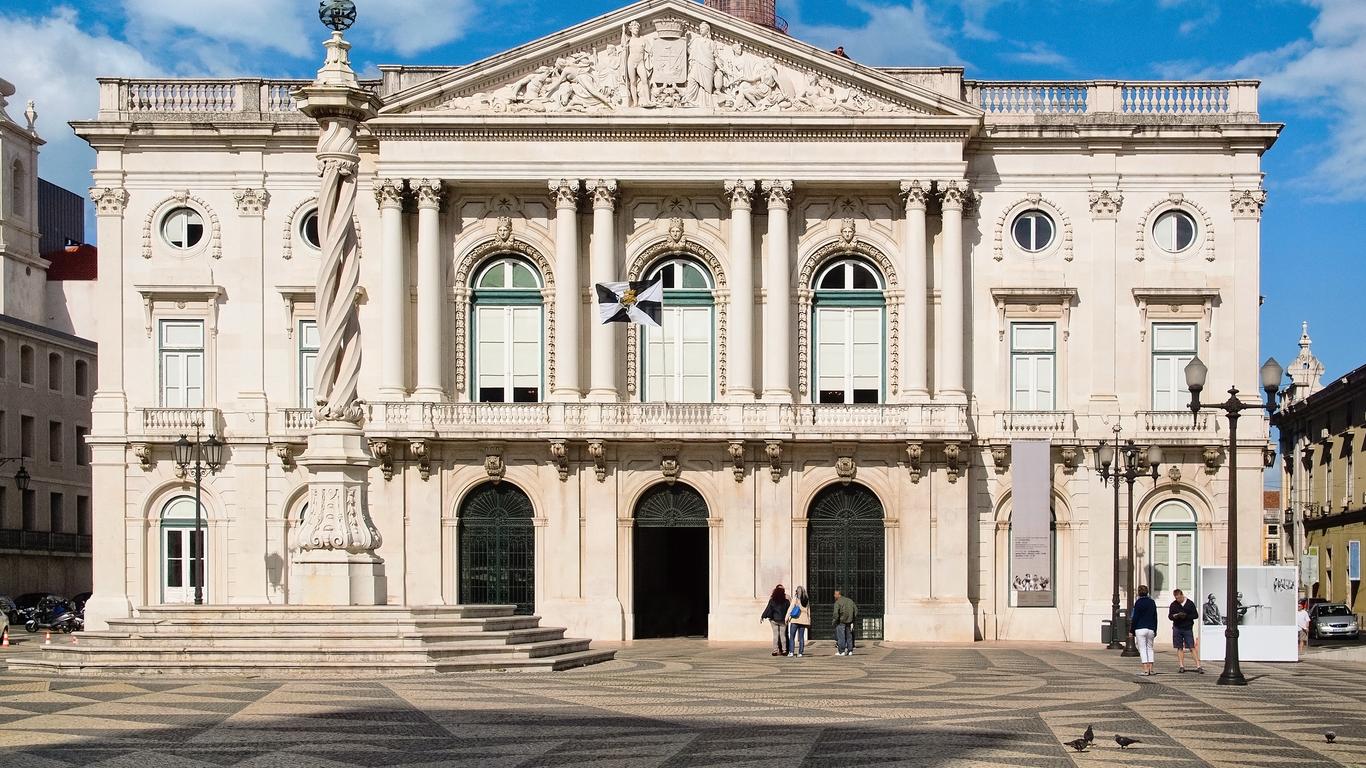Lisbon, the capital city of Portugal, is built on seven hills. It is a city which has experienced a renaissance of late, with shops, upmarket beach resorts, chic restaurants and lively nightlife. Although the city is moving with the times, there are historical aspects to Lisbon city centre which will delight travellers. The ornate churches and monuments, the charming trams which transport visitors up and down the hillside, and the hidden bars come alive with Fado music.
The area of Rossio could be classified as the heart of Lisbon’s centre. It is the main square in Lisbon and a common meeting place for locals. There’s much to see and do in the city centre. Take a walk to the main historic sites, such as Jeronimo’s Monastery, Torre de Belém and Castelo de São Jorge. The monastery is architecturally striking, as it’s a great example of the Portuguese Late Gothic Manueline style of architecture. In 1983, it was classified a UNESCO World Heritage Site along with the Tower of Belém. Castelo de São Jorge occupies a commanding hilltop space in the historic centre of Lisbon. The Moorish citadel overlooks the city and the River Tagus. Dating back to medieval times, it is one of the most interesting and popular sites to visit. To gain another wonderful city perspective, venture to the Santa Justa Lift. Located in the historical centre, it connects the lower streets of Baixa with elevated Carmo Square. Alternatively, another way to reach the top of the city is to travel by tram. The old-style trams hark back to a Lisbon of old. Travel upwards through the cobbled streets passing pavement side cafes, wrought iron balconied apartments and independent shops. Lisbon comes alive at night, while the views of the bridge and river are stunning as the city illuminates. Venture into the city side streets to discover a variety of seafood restaurants, charming bars and live Portuguese folk music.
Getting around Lisbon city centre is easy. It’s compact, and most of the main attractions are within a short walk of each other. If arriving from the airport, metro and bus lines are frequent and take half an hour to reach city centre stations. Taxis and Uber are also available. Trams, buses, ferries and metros operate throughout the city.
Islamic Moors conquered Lisbon in 714, and they invaded the Iberian Peninsula.Portugal then became known as the Emirate of Córdoba. The city remained in their possession until 1147, when Christian crusaders recaptured the city. Lisbon flourished during the 15th and 16th centuries during the era of Portuguese discoveries.The city’s wealth from these times can still be seen today in many of the incredible structures.





